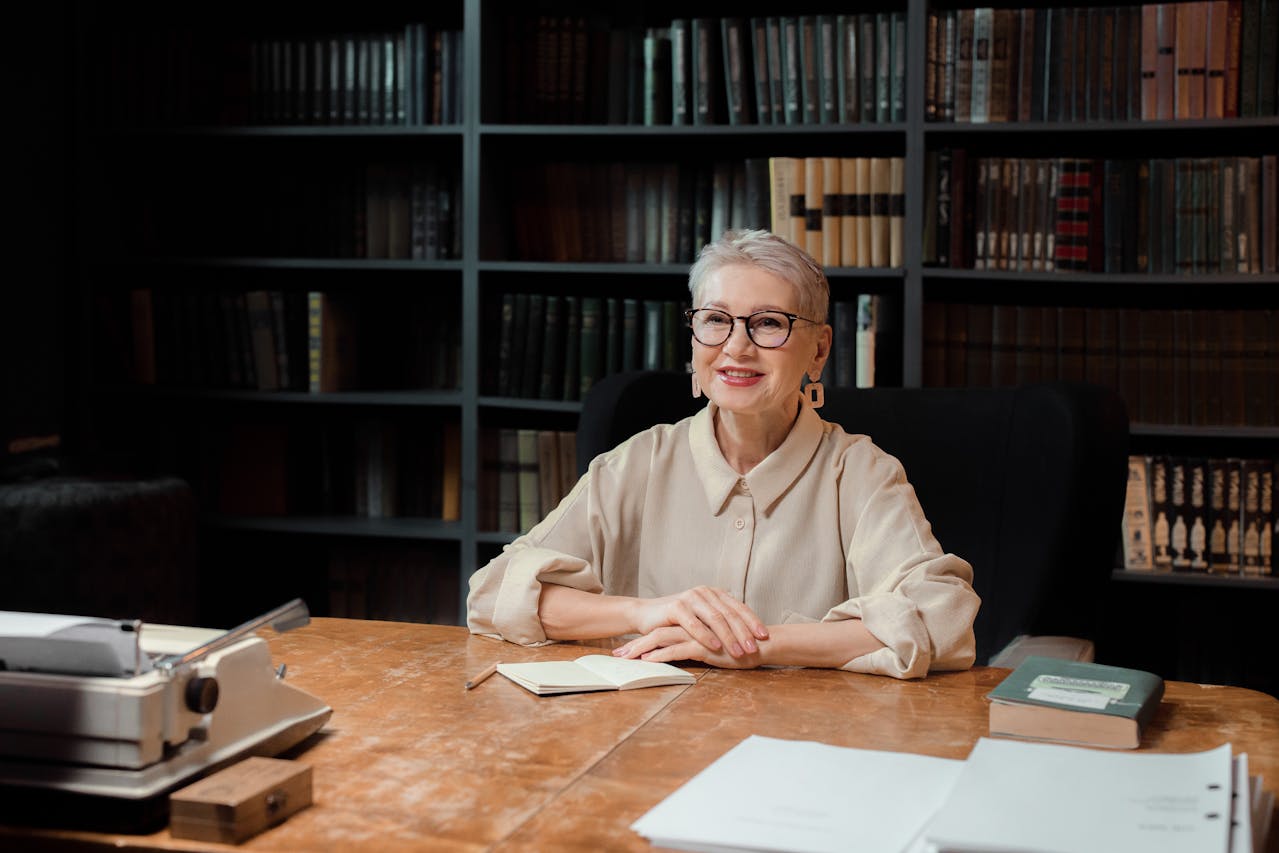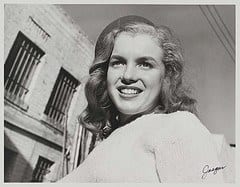
Pursuing a professional path in history or museum work requires more than just passion. It involves deeper study, applied training, and strategic preparation. Those with undergraduate degrees in relevant areas may consider further education to gain a competitive edge. Specialized study can open opportunities in historical research, collection management, and exhibition development. Many now turn to flexible academic formats to balance work, study, and other responsibilities.
Here are some practical steps beyond undergraduate learning, helping you shape your journey toward meaningful positions in archives, museums, or research institutions:
Understanding the Roles of Historians and Curators
People working in this field take on many duties. Researchers often focus on studying documents, organizing collections, and writing detailed reports. Curatorial staff design exhibits, plan displays, and manage acquisition processes. Many also work with schools or public organizations to support historical education. A clear understanding of each path helps decide where your interests align best. Some prefer working behind the scenes with rare materials, while others enjoy public engagement or project coordination. Knowing the day-to-day tasks of each role can help focus your next steps. It also gives you direction when choosing advanced study or internships.
Advancing Your Education and Skills
If you’re ready to deepen your knowledge, structured study may help. The Master’s programs in history at Arkansas State University offer a flexible format with a well-rounded curriculum. Faculty members with extensive research and professional experience guide students through topics in U.S. and world history. You’ll explore historical interpretation, research methods, and archival processes. Whether you’re interested in public-facing projects or academic research, completing a Master’s in History online helps sharpen analytical thinking and prepares you to work with historical collections or lead projects confidently. The online setup helps you complete the program from anywhere. Assignments are designed to match real-world applications.
Gaining Practical Experience
Experience is key when entering this competitive field. Internships in museums, libraries, or archives provide exposure to hands-on projects. Volunteering at cultural centers or local historical sites can help you build a professional background. These opportunities allow you to apply theory in real settings, work with mentors, and build your confidence. Supervisors often become references for future applications. Look for options that involve cataloging, exhibit planning, or public tours. These tasks show that you can handle the practical side of the profession. Combine your academic work with on-the-ground experience to strengthen your qualifications.
Building a Professional Portfolio
A well-organized portfolio reflects both your academic strengths and practical achievements. Include written work, project summaries, digital exhibits, and photos of installations you’ve helped design. Keep records of your contributions and explain your role in team efforts. Use this to present your work clearly to hiring teams or admissions panels. Create a simple online version, so it’s easy to share links in applications. Show a mix of individual and collaborative projects. This helps demonstrate your flexibility, attention to detail, and ability to apply knowledge in different contexts. Your portfolio should evolve with each new experience.
Networking in the History and Museum Field
Making professional connections supports long-term progress. Join groups like the American Historical Association or regional museum associations. Attend local and national conferences to meet peers, ask questions, and discuss ongoing projects. Online forums and webinars can also help if travel isn’t possible. Talk to alumni from your academic programs and reach out to mentors who understand your goals. Staying active in professional circles means you’ll hear about openings, get feedback on your work, and discover new ideas. Good relationships in this space often lead to collaboration and new paths forward.
Exploring Career Pathways
Opportunities range from museums to academic institutions and archival research centers. You might explore exhibit planning, digital curation, or public history outreach. Many roles emphasize interpretation, storytelling, and cultural preservation. Whether you’re drawn to behind-the-scenes documentation or engaging public audiences, there are paths that match different interests. Some professionals also work as consultants for media or education projects. Others choose government or nonprofit roles focused on heritage or policy research. Learning about the range of options helps clarify next steps and where further development might be needed. Understanding which roles suit your strengths can guide your next applications or projects.
Leveraging Technology and Digital Tools
Digital tools play a major role in today’s research and museum work. Learning to navigate archival databases, digital exhibit platforms, and catalog software is vital. Tools like digitization scanners, metadata tagging systems, and content management platforms are commonly used. Online exhibitions and virtual tours are in demand, so knowing how to contribute to them adds value. This area continues to evolve, so regular updates are important. Working knowledge of relevant software makes it easier to present your work, collaborate with others, and reach new audiences. Digital literacy is more than a bonus. It’s a growing part of day-to-day responsibilities.
Advancing in this field requires more than just academic achievement. Combining structured study, practical work, and professional engagement supports long-term success. Building a clear portfolio, applying strategic job search methods, and participating in ongoing development prepare you for the responsibilities ahead. Whether you’re pursuing archival research, exhibition work, or public outreach, being proactive makes a difference. Keep building connections, updating your expertise, and seeking new ways to contribute. The journey beyond the lecture hall involves real commitment. But the results can be rewarding for those ready to take the next step.
SEE ALSO: 6 Things You Need to Know Before You Become a Doctor












